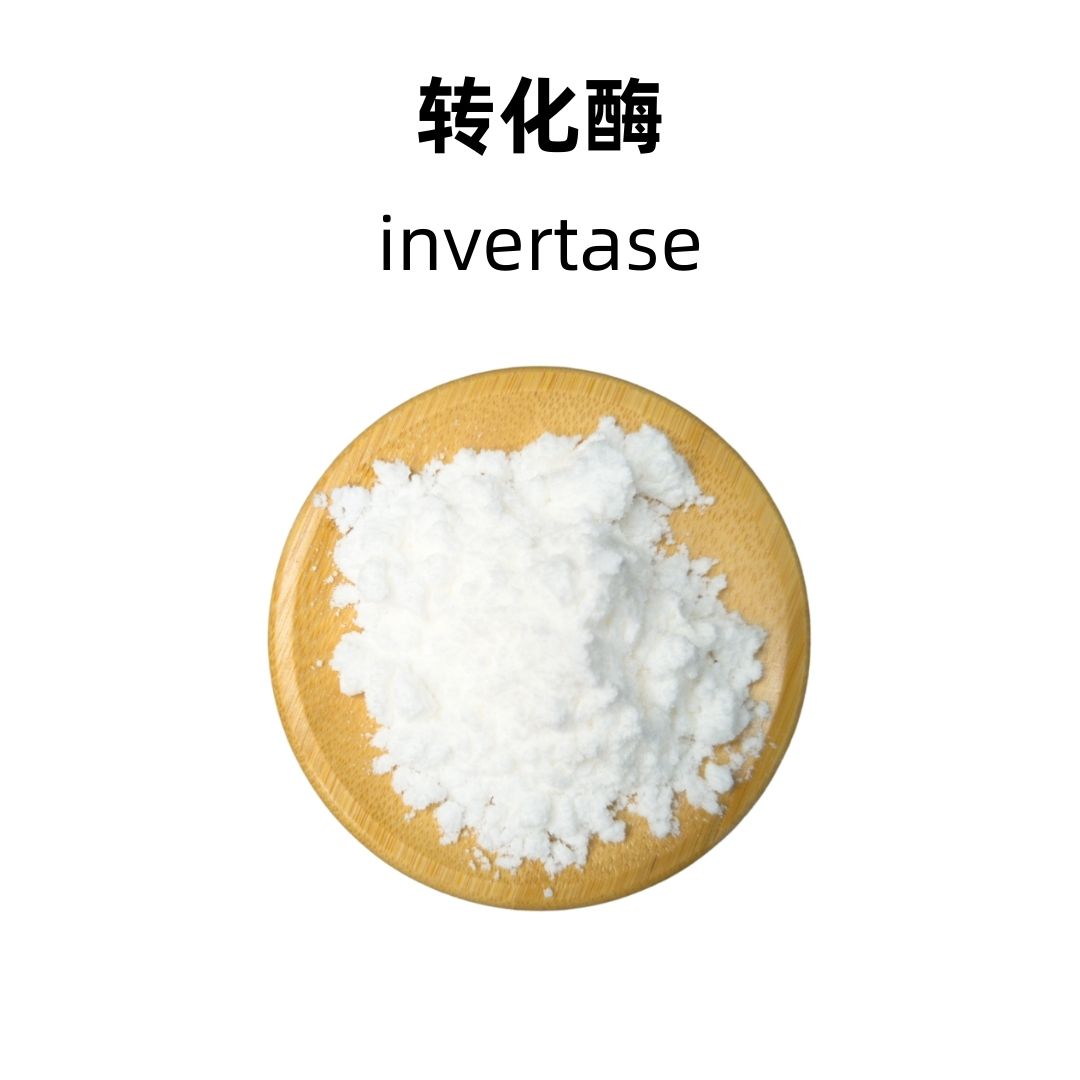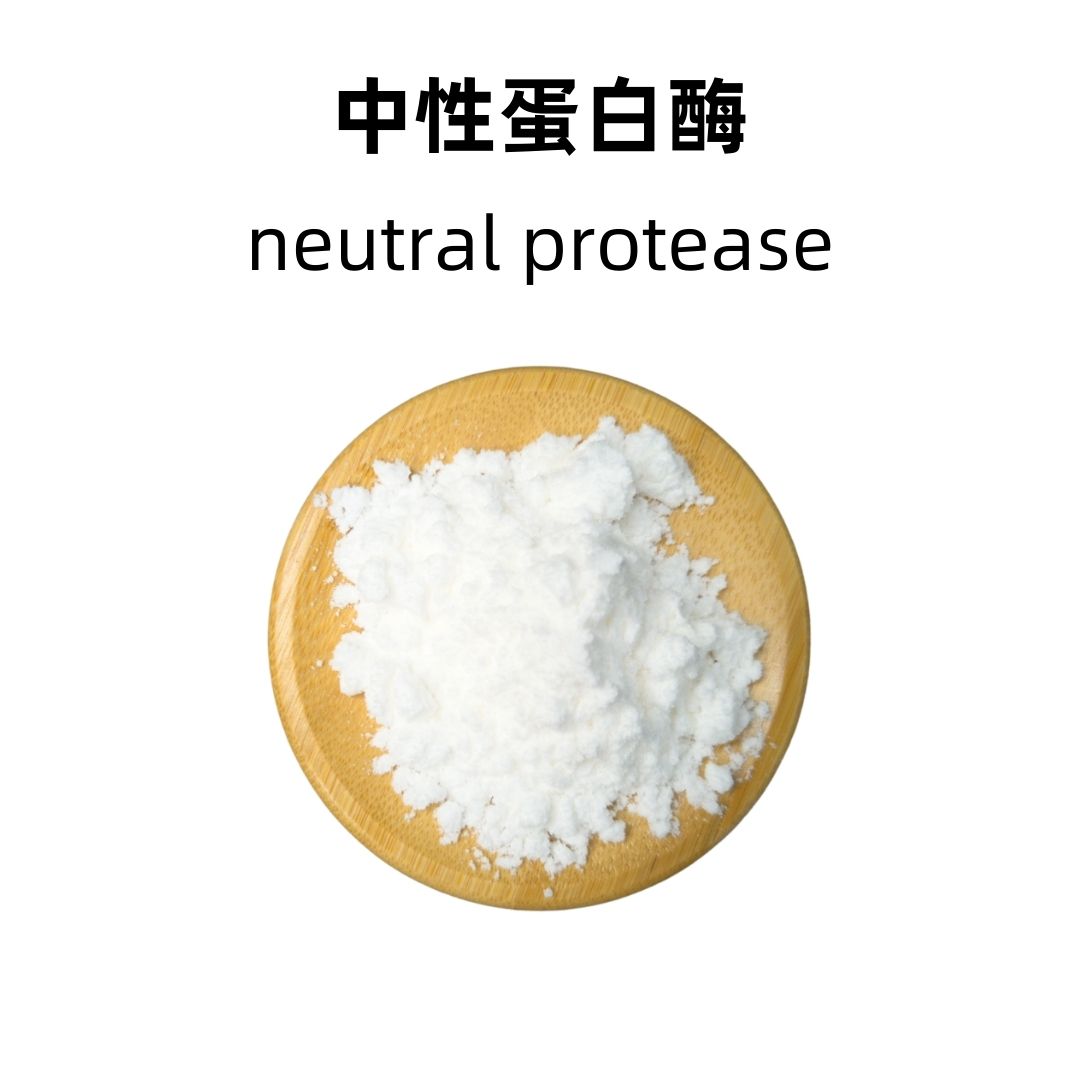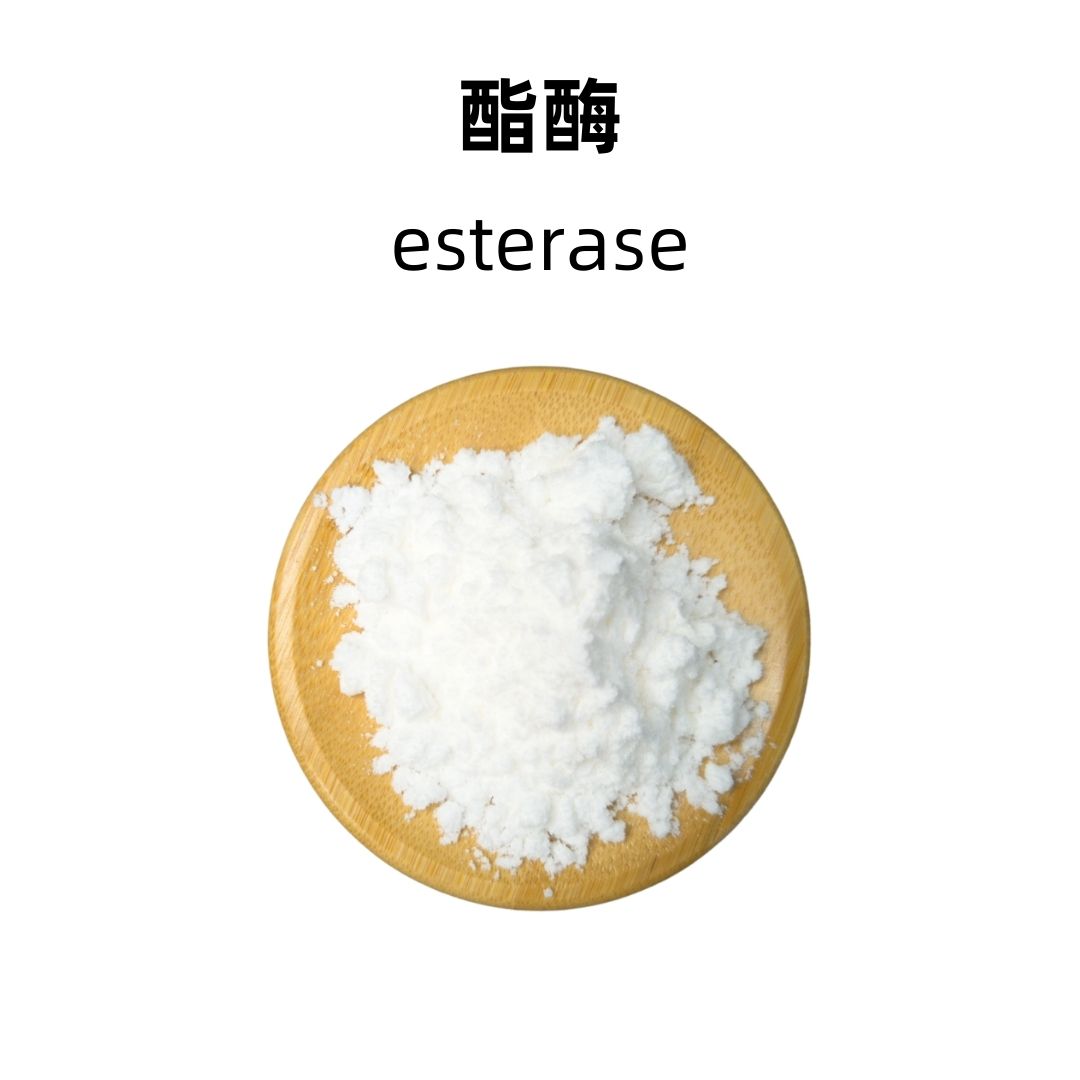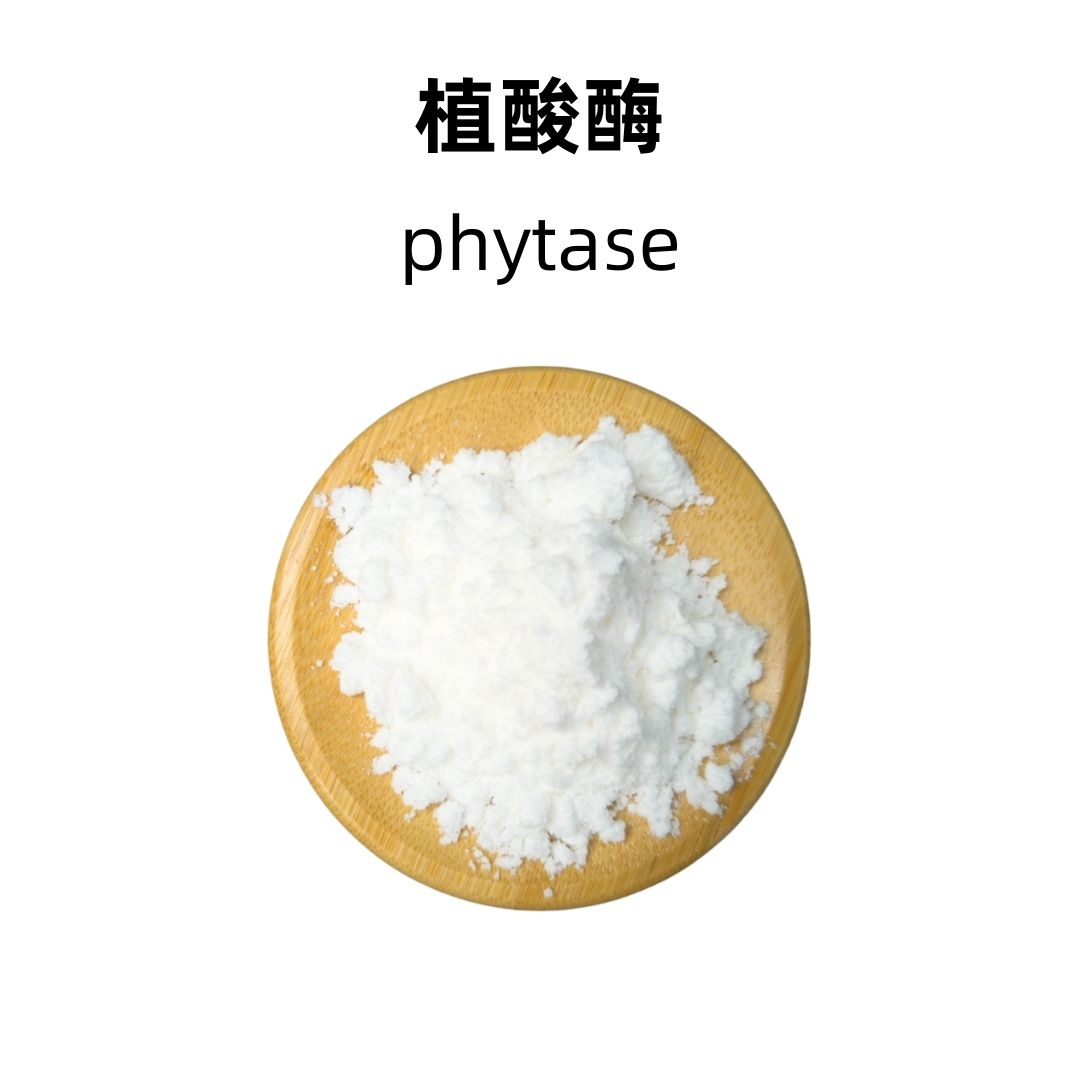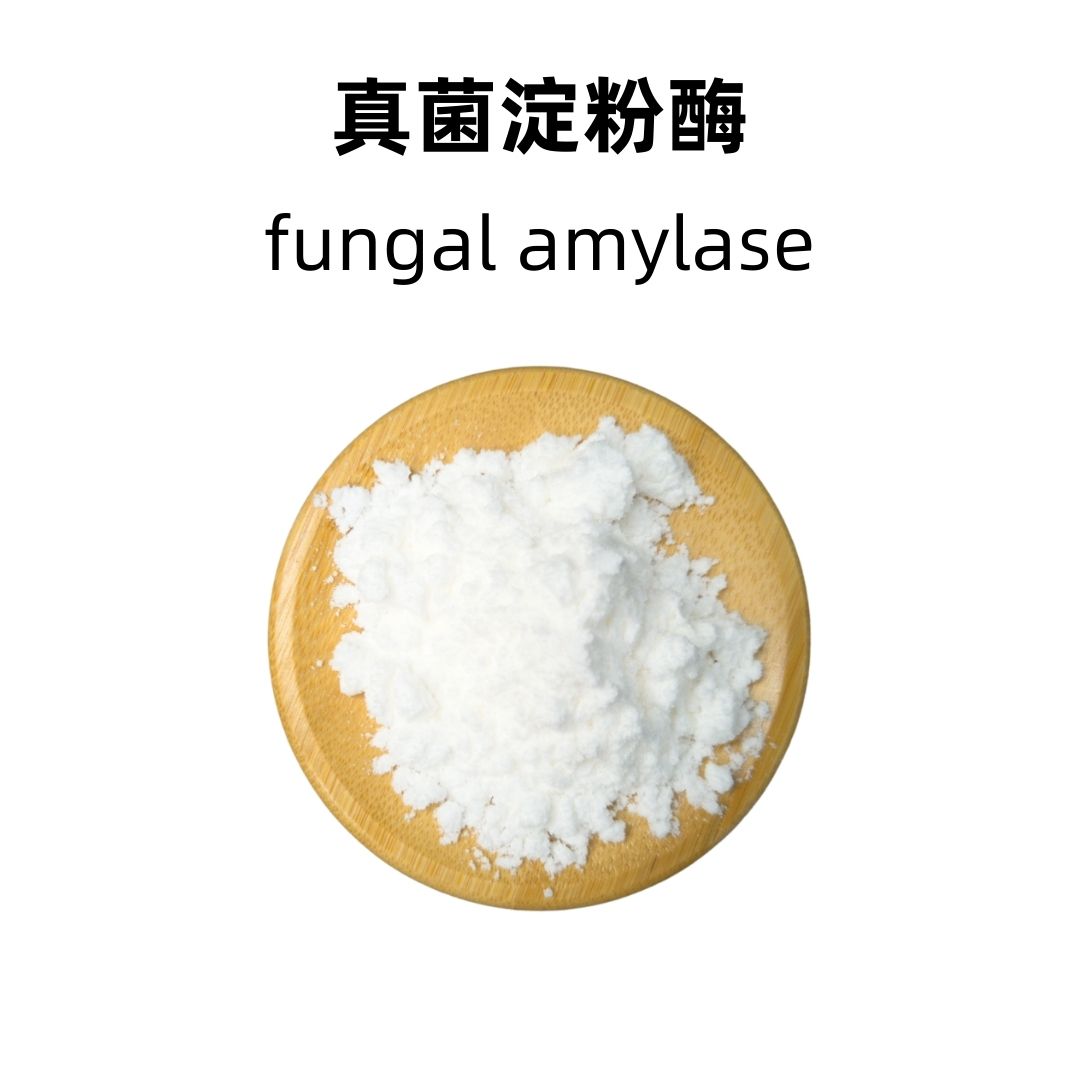Product Introduction
Glucose isomerase is an enzyme widely utilized in various industries, especially in food production. It facilitates the conversion of glucose, a simple sugar, into fructose, another type of sugar with a higher sweetness level. This enzymatic conversion is crucial in producing high-fructose corn syrup (HFCS), which is commonly used as a sweetener in many processed foods and beverages.
Production Process
The production of glucose isomerase typically involves fermentation processes using specific strains of microorganisms. These strains are selected for their efficient production of the enzyme. After fermentation, the enzyme is extracted and purified to ensure maximum activity and purity. The final product is often characterized through various methods, such as High-Performance Liquid Chromatography (HPLC), to confirm its enzymatic activity.
Effects and Functions
Glucose isomerase plays a vital role in increasing the sweetness and stability of food products. By converting glucose to fructose, it allows manufacturers to use smaller quantities of sweeteners while achieving the desired sweetness level. This enzyme is efficient and effective, working best under specific temperature and pH conditions that favor its activity. Its ability to convert glucose has economic benefits, as fructose is sweeter than glucose, allowing for cost reductions in sweetener usage.
Application Scenarios
Glucose isomerase is mainly used in the food and beverage industry, particularly in the production of high-fructose corn syrup. This syrup is widely utilized in soft drinks, baked goods, and various snack foods. Additionally, it finds applications in nutrition products, where sweetening agents may be needed without increasing the caloric content significantly. Beyond food, glucose isomerase also has potential uses in pharmaceuticals and biotechnology, where sugar transformations might be required.
Packaging and Storage
Storage Conditions: The product should be sealed, protected from light, kept away from high temperatures, and stored in a dry, cool, and well-ventilated place.
Packaging: Bulk: 25 kg per fiber drum. Sample: 1 kg per aluminum foil bag. Custom packaging is available upon request.
Shipping Methods: FedEx, DHL, dedicated logistics, and sea freight consolidation.
Shelf Life: Two years.
Monica Sun possesses extensive technical expertise and market insights in the food additives industry. She excels in designing efficient and safe additive formulations tailored to various food applications, ranging from sweeteners to functional dietary fibers. Monica has successfully assisted food manufacturers in optimizing ingredient combinations to enhance product quality and improve consumer satisfaction.









